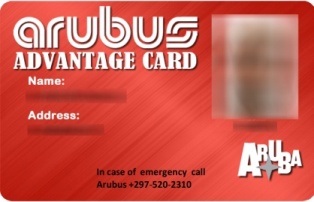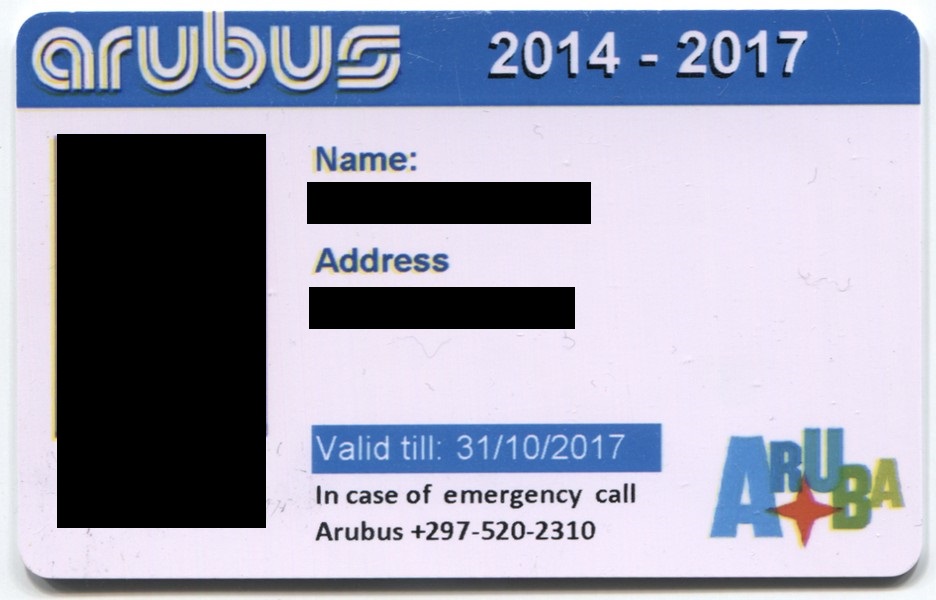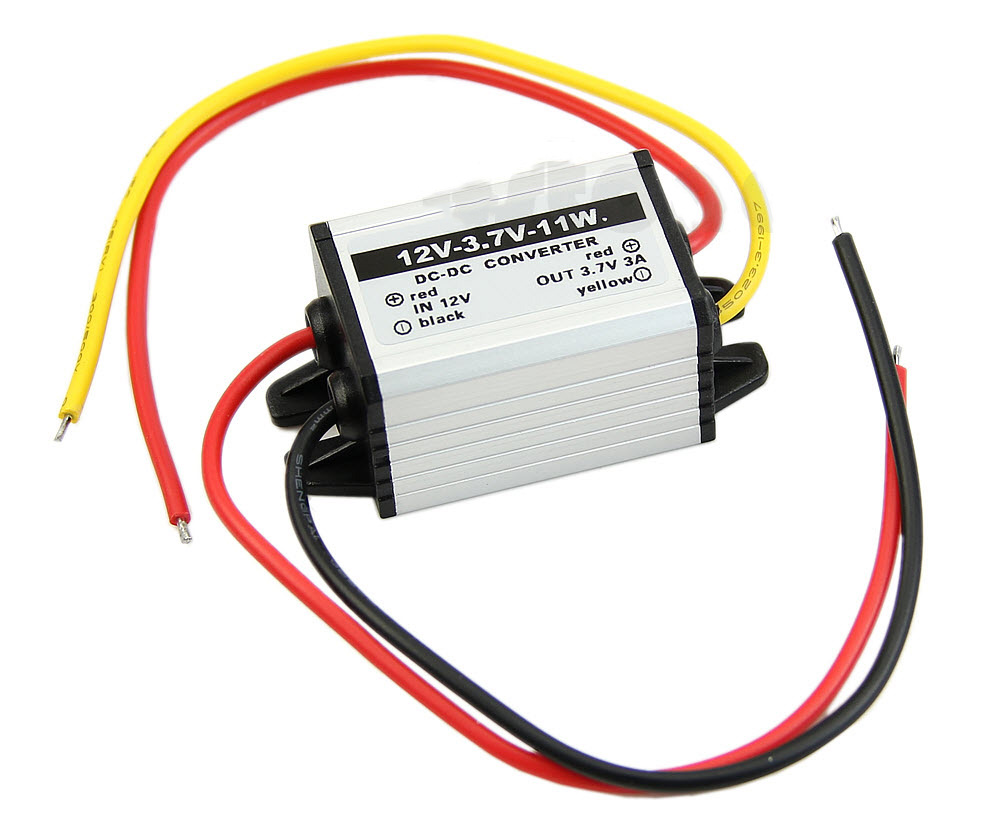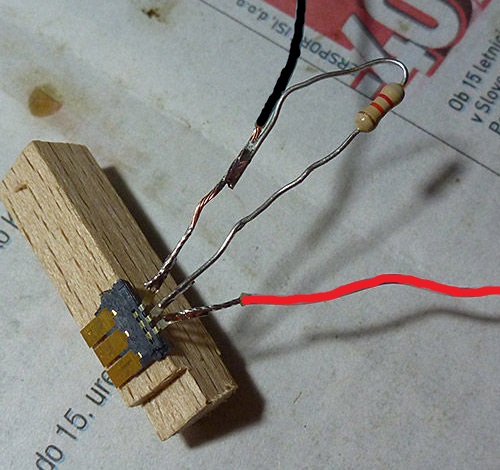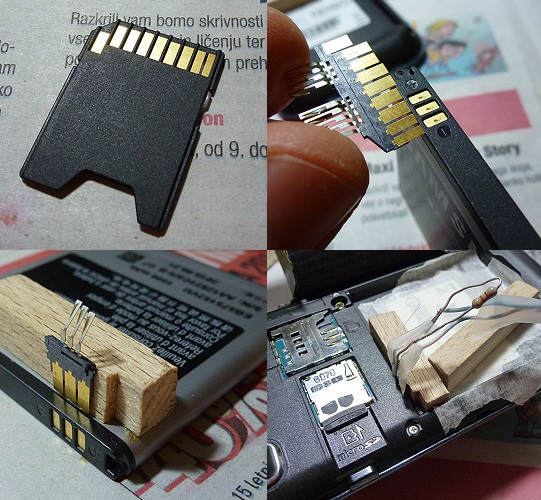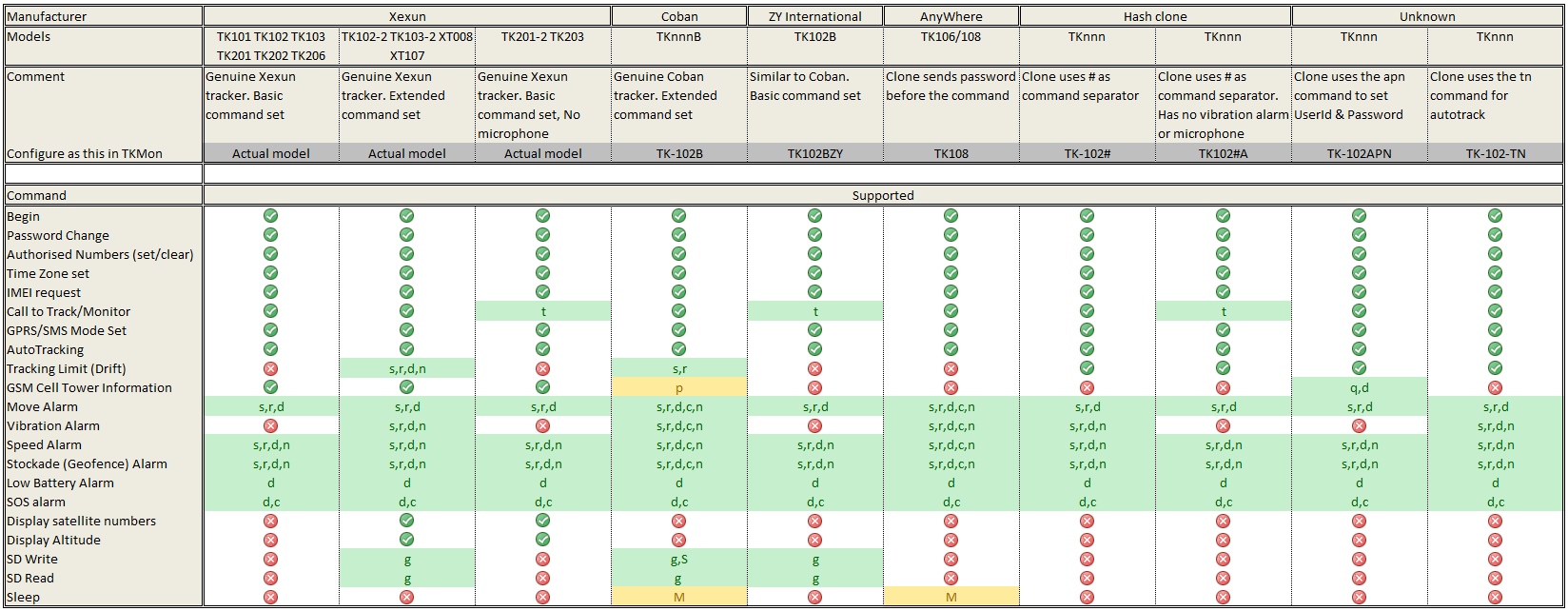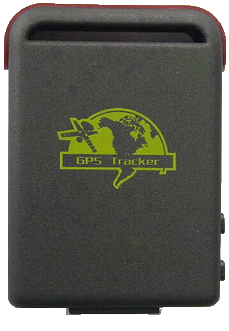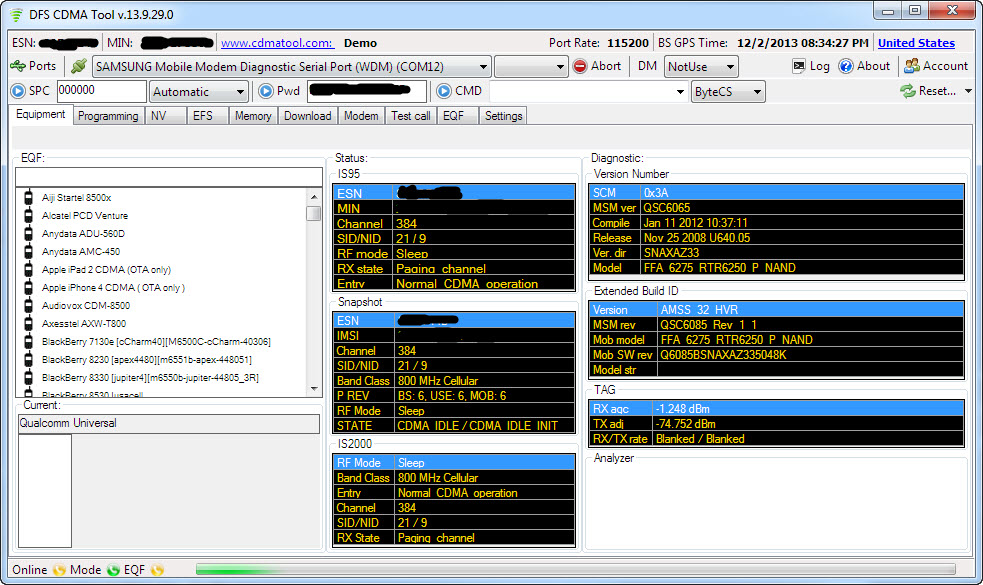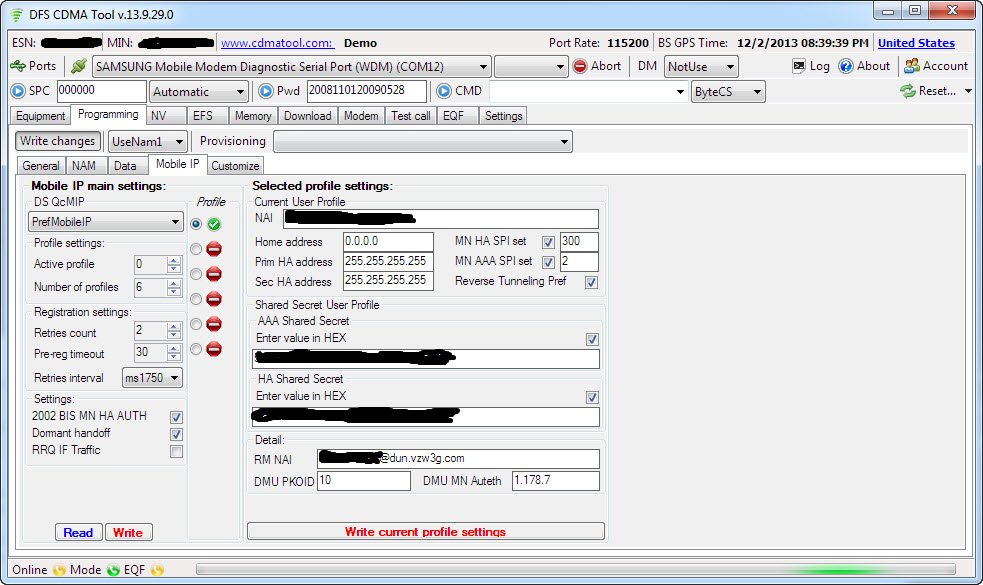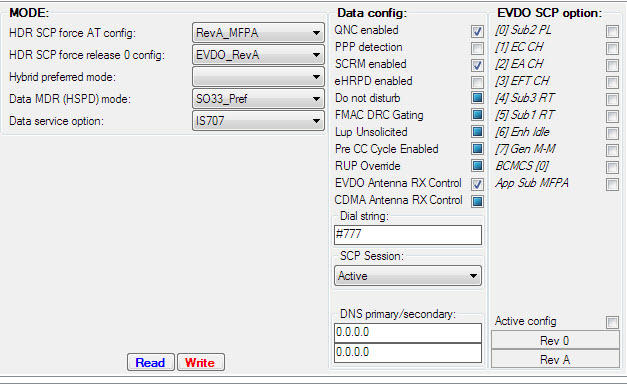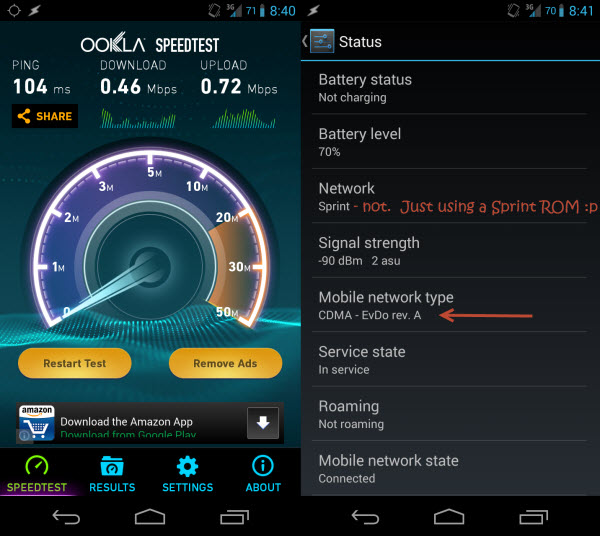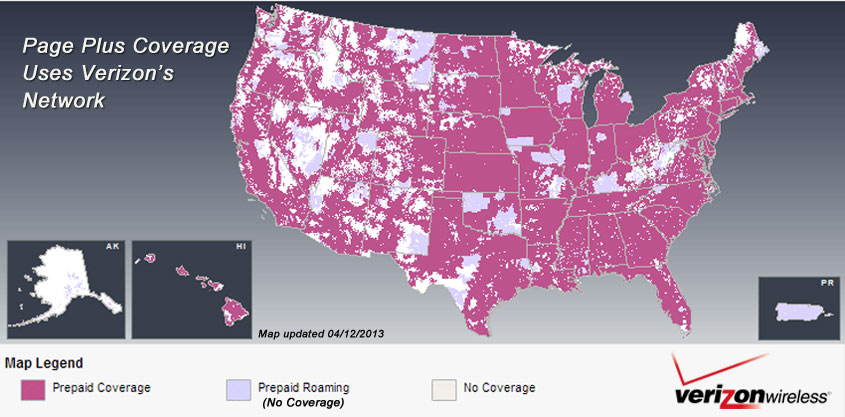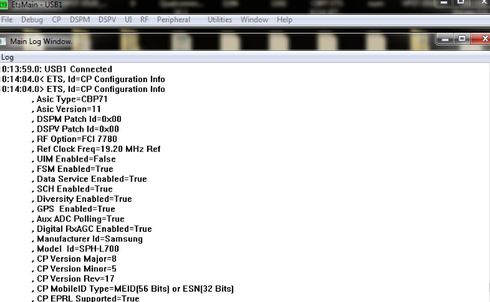Happy New Year! I am kicking off 2019 with a trip to Slovakia of all places – to Ski, of all things. Because, well, its Winter, and despite living one state over from Colorado…that’s just too easy. Plus, this trip nets me a new culture to experience and I’ve yet to explore anywhere in Eastern Europe – can’t have that. With miles covering the airfare, and choosing a classy resort in former communist territory rather than something a bit more bougie in, say, Austria or Der Schweiz…I’ll still come out ahead compared to a similar week long trip to an equally extortionist destination in lovely CO.
Even award tickets net 2 free checked bags flying Business on Star Alliance, so that means no renting skis! It also provides a good opportunity to review the packing list I’ve painstakingly curated over the past several years, which I’ll share below.
The Comprehensive Packing List, rev. 1055
Before Leaving
- Log flights: https://openflights.org/
- Hold mail: https://holdmail.usps.com/holdmail/
- Notify HOA (and mow the **** lawn!)
- Police Dept House Check (for extended absences)
- Activate Security
Air Travel Checklist
- REMOVE knife from KEYS and WALLET
- No spare batteries in CHECKED baggage (carry on ok)
- Liquids: Up to 3.4 oz./100.55 ml or less per item, placed in a quart-sized, ziplock bag (otherwise, can be checked).
- Check Carry-on dimensions for each airline (must valet check carry-on for CR2 or under seat if empty flight)
- Delta carry on: 22″ x 14″ x 9″
- United carry on: 45.2″ (=22″ x 14″ x 9″ but not restricted by each dimension; just the total). 40lbs.
- Southwest carry on: 24 x 16 x 10 inches. 2 free checked bags (<62 inches (L+W+H) and 50 lbs per)
- Checked-in (have boarding pass) 30min before SCHEDULED departure!
- Have these items out
- TSA Screen: Must remove: Shoes + Laptops + bag of liquids + Belts + Light jackets
- Pre-Check: Nothing has to be taken out / off (except heavy jacket / metal)
- Jelly: checked only (and disallowed in many countries)
- Fruits can be checked or carry on
- Ice pak ok if frozen solid (again USA only in most cases)ood (mostly ok):
- INTERNATIONAL: arrive 2h early. Print out flight itinerary (showing departing flight from countries, especially for transit visas, eg PVG/PEK).
- Local Storage for Essential Data – may not have gmail access from Wi-Fi without a connected device or SMS to 2-factor authenticate.
- Sleeping in terminal secure area: Can’t do if need to exit secure to claim checked bag!
Tier 1 (Essentials)
- Dobkit
- Cue-tips
- Clipper
- Zip-Lock / <100ml containers
- Shampoo
- Soap
- Mouthwash
- Laundry detergent x2 loads
- Lg Deodorant
- Shaver
- Caffeine pills
- Backpack
- Laptop + charger
- Power strip + Extension cord
- Accessories
- MicroSD reader
- USB Chargers
- Cables: 2x Lightning, 1x Micro USB, 1x Mini USB
- SIM removal tool and case
- Mousepad, Mouse (fresh batts)
- USB WiFi Adapter (high gain)
- External HDD
- Micro Router (VPN), ethernet cable
- HDMI Cable, Wireless MHL to HDMI / MiraCast
- Portable Power Pack
- Luggage Scale
- 3.5mm Headphone Extension for iPhone case (or dongle)
- Pen, paper, envelopes, stamps
- Plastic and cloth grocery bag(s)
- Zip-lock with: Additional Zip-lock(s), garbage bag, earplugs, rubber-bands, paper-clip, tape
- AAA + AA x2 (must be carry-on)
- Umbrella
- Car Rental Bag
- Dash mount (windshield mount ILLEGAL in CA and MN)
- Fast Charger
- BT Headset
- Sunglasses
- 3.5mm M-M cable
- Radar Detector – check laws (ALL legal for RD; laser jammers in
CA,CO,IL,MN,NB,OK,SC,TN,TX,UT,VA,DC). Varies by country.
- Slippers (skip for intl / warm trip)
- Jacket
- Bose QC-25 NC Headphones
- Sansa + Headphones (IEM +/- BT)
- Shirts, Pants (short sleeve only if packing light; 2 shorts,1 gym short, 1 jeans, 1 dress pant/shirt, days x t-shirts)
- Socks, Underwear
- Special shoes, socks, ties, tie clips, belt
- Wallet, Credit cards
- Lounge cards, GCs, Hotel-branded CCs, CCs used in bookings
- Foreign money bag(s)
- Priority Pass, Amex Platinum, Lounge cards, Loyalty Cards
- Snacks + Water bottle (empty) +/- Coffee travel mug or Thermos
- Passport / ID
- Lunchbox +/- Cold Pack (MUST be FROZEN – often a TSA hassle)
- House Key(s)
- Bag strap x2
- Travel Belt
- Caribener
- Selfie Stick
- Yi Cam / GoPro and case
Tier 2
- iPad
- Maps.me: Save offline maps
- Download podcasts / Audiobooks
- Swimsuit + Sandals + Goggles
- Sweatpants
- Lg mouthwash
- Lg Toothpaste
- Home Toothbrush
- External HDD with media – LOAD
- USB utility / install drive
Tier 3
- Bathrobe
- Running cloths, shoes
- DSLR
- Tripod
- Shower towel
- Laundry bag
- Tupperware container for food
- Bike + U-Lock
- Padlock
- gorilla glue
- Measuring tape
- Hiking boots
- Hammock
- Car inverter
- GoPro / YiCam + kit (suction mount, headstrap, adapters, stickers, case)
Interview
- Suit
- Dress Shoes + socks*days
- Undershirt(s)
- Interview Folder
Hot Climate
- Sunglasses
- Mask + Snorkel + Fins
- Beach towel
- Yi Cam / GoPro and case
- Sun shirt
- Sun Hat
- Sunscreen
- Watershoes
- Foot rinse bottle
Cold Climate
- Warm socks
- Heavy Jacket / undershirts
- Boots
- Gloves
- Headband
- Skis + Poles + Goggles + Facemask + Warmers +/- Helmet
Bike
- U-Lock
- Cell phone holder
- Water-shoes instead of sandals
- Scope out WM rental locations
Rain (heavy precip)
- Waterproof suit
- Boots – waterproofed
- Ball-cap hat for hood
Road Trip
- Cooler
- Yeti
- Blankets
Off the Grid
- Radios
- emergency phone (or ensure GSM roaming is working)
- EPIRB
International
- Passport
- Printed boarding passes
- Printed hotel addresses with local translation
- Printed Hotel, Car reservations
- Power Adapter (Switzerland not supported by common multi-adapter)
- Verify correct voltage (110-220 compatible) for electronics
- Trip advisor hotel / area reviews
- No FTF credit card(s), hotel/airline cards
- Chip+PIN card capable of EMV payments with PIN
- Notify CC companies of travel plans
- Local currency plans / needs (Debit ATM vs CC vs cash exchange)
- Face mask, N95 (china lol)
- Download offline maps, translate language/OCR packs, currency conversions, LastPass, IDs, etc…
- Transfer files to phone / HDD
- VPN / RDP needs, functionality
- Verify VISA, vaccination, driving requirements:
- Register with STEP: https://step.state.gov/step/
- Weigh Luggage
- Evernote agenda / day plans; convert to travel log after or during trip



